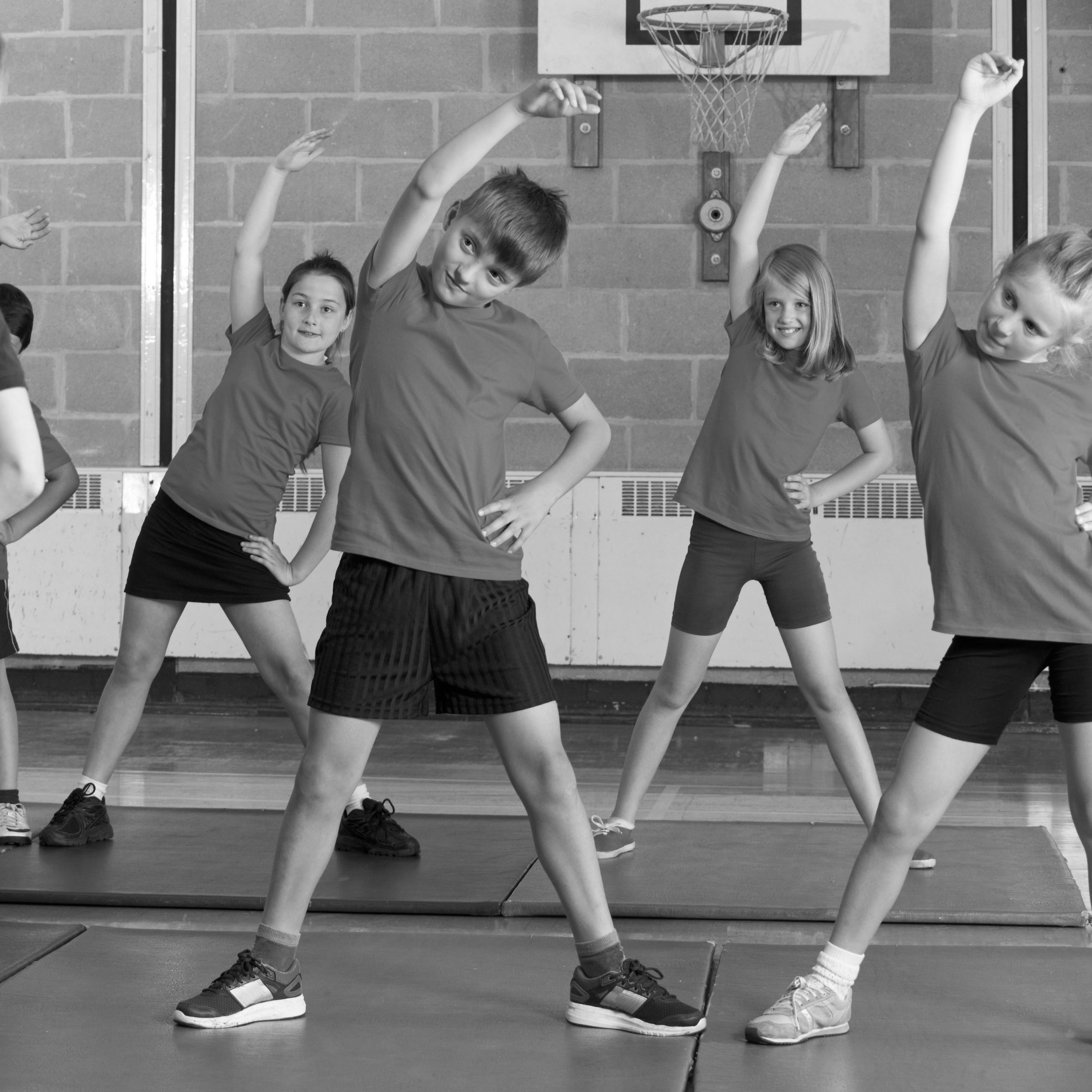DEVELOPMENTAL OUTCOME
Understands the need to generate positive emotions and identifies strategies to do so
LEARNING INTENTIONS
Understand the benefits of positive emotions
Identify ways in which I can generate positive emotions
ASSESSMENT OPPORTUNITY
‘Connect, Extend, Challenge’ activity or items in the jar
RESOURCES
‘Right in the Feels!’ worksheet (provided)
MINDFUL MOMENT
BRAIN BREAK
REMOTE OPPORTUNITIES
If you would like to teach these activities remotely, please find below the links to this content on SeeSaw. See their Getting Started Guide for further information about this free online platform.
STRATEGIES AND QUESTIONS
INTRODUCTION – WHERE IS THE LESSON GOING AND WHAT IS EXPECTED?
Big questions: What are we learning about? Why?
Introduce the learning intentions and contextualise the lesson for your class.
Discuss the difference between ‘positive’ emotions and ‘negative’ emotions, ensuring students have an understanding of both. Explain the concept of a negative emotional spiral – an activating event triggers a thought, leading to an emotion and then an action. You might like to use your acting skills to engage the class by giving a dramatic example of catastrophising.
ACTIVITY 1 – TOP 10 BRAINSTORM
Students engage in a small group/class ‘brainstorm’ regarding what the top 10 positive emotions could be. Explain that Dr Barbara Fredrickson’s top ten positive emotions are: joy, gratitude, serenity, interest, hope, pride, amusement, inspiration, awe and love (Fredrickson, 2009). Discuss any unfamiliar terms with the class.
Create an analogy for surrounding yourself with positivity by using Lego blocks to build a simple house/shelter stating which emotion each brick stands for.
Questions could include: Why would you like to live in this house? How could being surrounded by positive emotions affect you?
Success criteria: Listen to others, take turns talking, make suggestions of positive emotions
ACTIVITY 2 – RIGHT IN THE FEELS
Ask students to choose one of the top 10 emotions and answer the following. (You might like to use the ‘Right in the Feels!’ worksheet provided).
When was the last time I felt this feeling ?
What else gives me that feeling ?
What can I do to in order to enjoy this feeling?
Provide students with an opportunity to share their responses with the class.
Success criteria: Think carefully, answer the questions thoughtfully, take turns talking, listen to others’ answers
ACTIVITY 3 – JAR OF POSITIVITY
Show a humorous clip to generate positive emotions (Fredrickson’s research shows positivity increases creativity). For example, ‘Roller Skating Babies’ https://www.youtube.com/watch?v=Cvxpe6ZiquI (0:51).
Explain that the purpose of the next activity is to create helpful items for anyone who is feeling down. Students will be able to place positive statements in the jar, or take them out, whenever they need to. Suggest that items could include encouraging statements and affirmations. (Other suggestions could include: a song that puts a smile on your face, prompting to remember a happy memory, playing a game, eating healthy food, laughing). Students work in small groups to brainstorm ideas. They may choose to include some of the strategies discussed in the previous activity. Visit each group to facilitate discussions, give feedback on progress or encourage students to refocus on the aims of the activity.
Each group votes on their ‘Top 5’ suggestions and writes them on strips of paper, which are folded and placed in a jar.
Success criteria: Listen to others, take turns talking, make suggestions that will help others experience positivity.
REFLECTION – RETHINKING AND REVISING
Big Ideas: What have I learnt about building positive emotions?
If you have time, students could engage in a ‘Connect, Extend, Challenge’ activity.
Success criteria: Summarise what you have learnt, stay on topic







